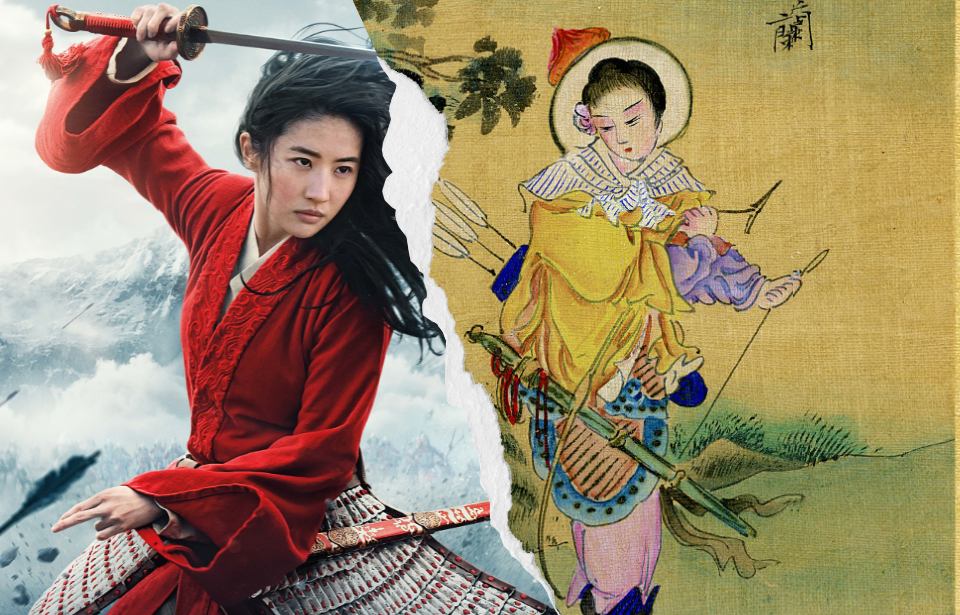Before she was a Disney princess, Mulan was a Chinese folk heroine whose name literally translates to “the woman warrior.” The 1998 animated film Mulan follows a young woman who takes her father’s place in a war by pretending to be a man, closely following the original story. But who was the real Mulan, and did she even exist in history? The answer is more complicated than you may think.
The history of Mulan
The story of Hua Mulan first appears in the Ballad of Mulan, an ancient Chinese folksong likely composed around the 4th century during the Northern Wei dynasty. The legend takes place as the “Khagan” or Emperor is mobilizing an army to invade parts of Northern China. Mulan’s father receives a conscription notice from the emperor although he is too old to fight. Mulan’s younger brother is only a child, so she takes it upon herself to serve in her father’s place.
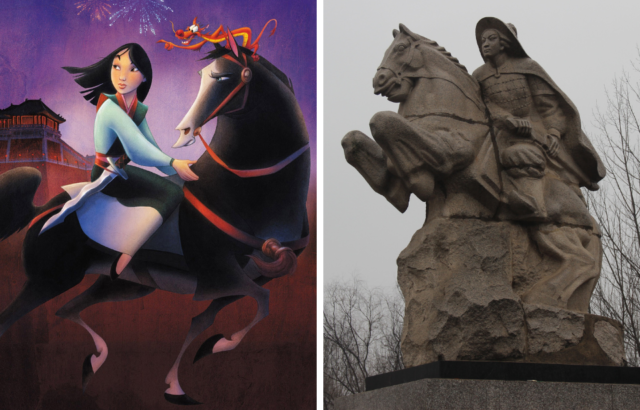
She purchases a horse and all the necessary accessories before she travels ten thousand miles across the mountains. Disguised as a man, she fights alongside fellow warriors in hundreds of battles. After over a decade in the army, Mulan meets with the Emperor who offers her a prestigious government position. She declines his offer and asks for a horse to take on her journey home.
Her family and the residents of her village welcome her back with open arms. Transforming back into her old clothes and long hair, the men she fought alongside for 12 years are shocked to discover the fearsome warrior was a woman. The Ballad concludes with Mulan’s explanation of her ability to blend into the army: “When a pair of rabbits run side by side, who can distinguish male from female?”
Was Mulan real?
The story of Mulan has been adapted and retold countless times throughout history. Her name appears in a compilation of female stories in Chinese folklore called One Hundred Beauties by Yan Xiyuan, which dates back to the early Qing dynasty (1636–1912). Interestingly, her name does not appear in a similar work called Exemplary Women which features biographies of women in the Northern Wei dynasty, the period in which Mulan was thought to have lived.
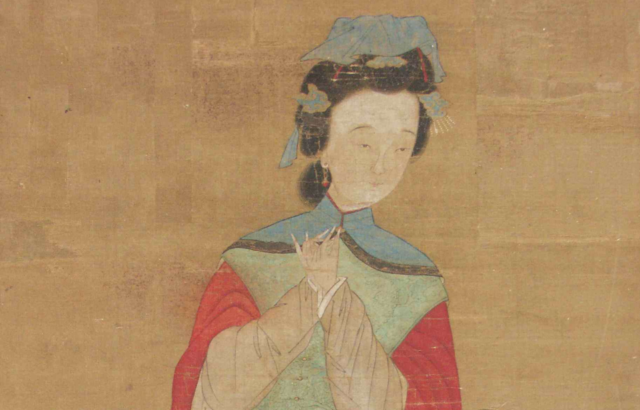
Disney’s Mulan wasn’t the first to bring Hua Mulan’s story to life. In fact, the legend has inspired countless other works throughout history. The 16th-century play The Heroine Mulan Goes to War in Her Father’s Place, written by famous Chinese playwright Xu Wei, was one of the first theatrical adaptations of the ancient story. Wei’s version includes a powerful scene where Mulan removes her foot bindings as she transitions her appearance from female to male.
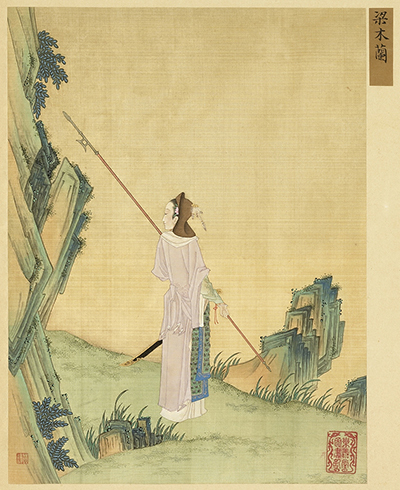
The practice of Chinese foot binding dates back as early as the 10th century – much later than when Mulan supposedly lived – but it remained a popular practice during Wei’s time. Women would wrap their feet tightly in bandages to force the foot to remain small. The smaller the foot, the more desirable and “marriageable” the woman.
Mulan’s choice to remove her foot bindings is a powerful symbol of the immense sacrifice she made for her family, giving up her social status and womanhood to serve her country. The Disney adaptation does not include foot binding but represents a similar sacrifice when Mulan cuts her long hair with a sword.
Mulan in Western culture
The Hua Mulan of ancient China and the Disney princess we know and love today are quite literally worlds apart. While most of China knew of her incredible story for thousands of years, Mulan only appeared in the West in the 19th century when The Ballad of Mulan was first translated into English.
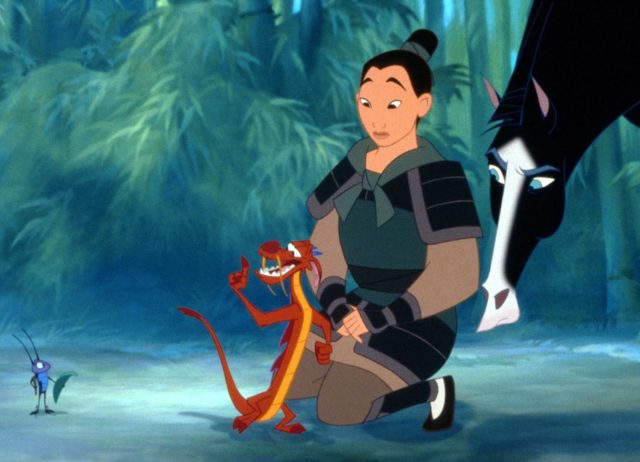
Mulan remained relatively unknown in the west until Maxine Hong Kingston’s novel The Woman Warrior: Memoirs of a Girlhood among Ghosts was published in 1976. The book includes a series of short stories intertwined with autobiographical elements from Kingston’s life. One story, “White Tigers,” recounts Kingston’s mother’s story of Fa Mu Lan, a woman warrior who took her father’s place in a great war.
It is likely from Kingston’s retelling that the Disney film got their main character’s name: Fa Mulan, instead of the historical name Hua Mulan. Disney’s Mulan, first released in 1998, sticks predominantly to the original story from the folktale.
From woman warrior to Disney princess
In the film, Mulan’s father is ordered by the Emperor to fight in a war against the Huns and their evil leader Shan Yu. Knowing her father is too old, and without a male sibling to take his place, Mulan takes matters into her own hands and disguises herself as a man to join the Imperial Chinese Army.

Helped along by Mushu, a re-animated dragon and former family guardian, Mulan fights under the leadership of Captain Li Shang – whom she eventually falls in love with. The film explores the confines of the two gender roles in ancient Chinese society, with women expected to marry into a wealthy family (as shown in the opening musical number “Honor to us All”) and men expected to fight courageously (à la “I’ll Make a Man Out of You”).
Mulan’s own struggle to find her true calling and passion leads her to meet the Emperor. She’s awarded a special crest but turns down his offer of a prestigious government position, just like in the original story. Mulan was a huge success, bringing new Asian representation to the ever-growing pantheon of Disney princesses. A sequel, Mulan II, followed in 2004 and a live-action remake of the original film was released in 2020.

The remake cost a whopping $200 million to produce, but growing concerns over the Coronavirus pandemic and political controversy surrounding actress Liu Yifei resulted in mediocre reception of the film. It only brought in $70 million at the box office.
More from us: Real-Life History Brought Us Dracula and Other Undead Favorites
Ultimately, Mulan remains an important Chinese cultural figure and a strong role model for young women and girls all over the world – proving that the greatest thing you can be is yourself.
